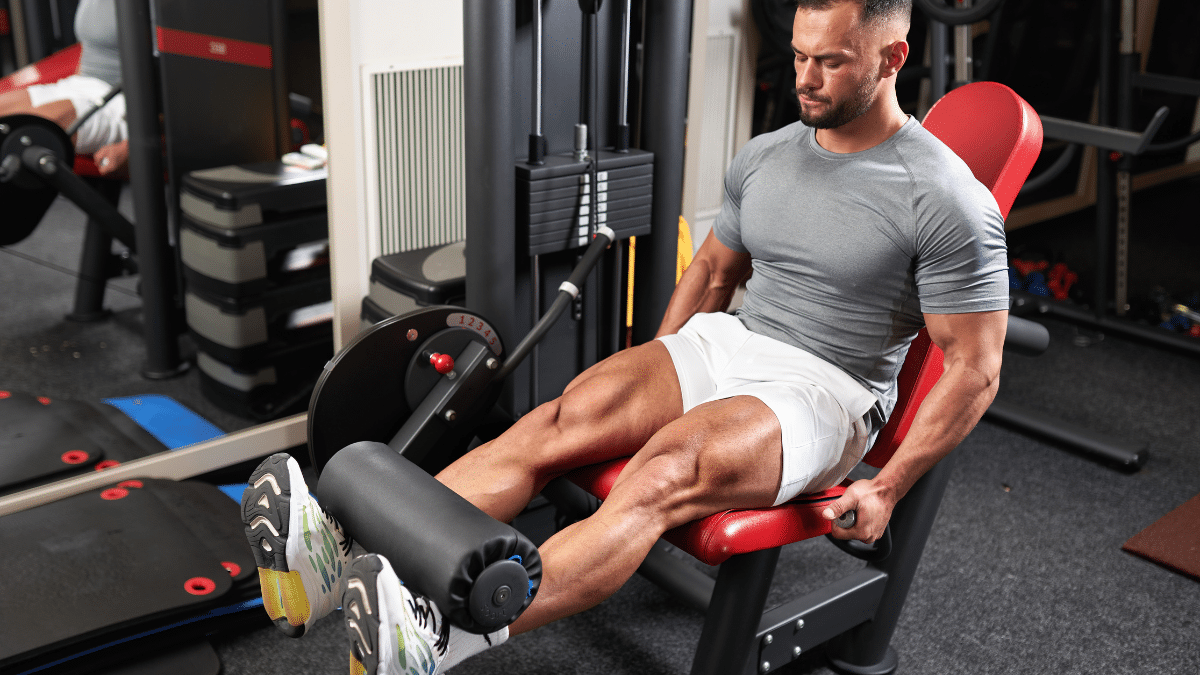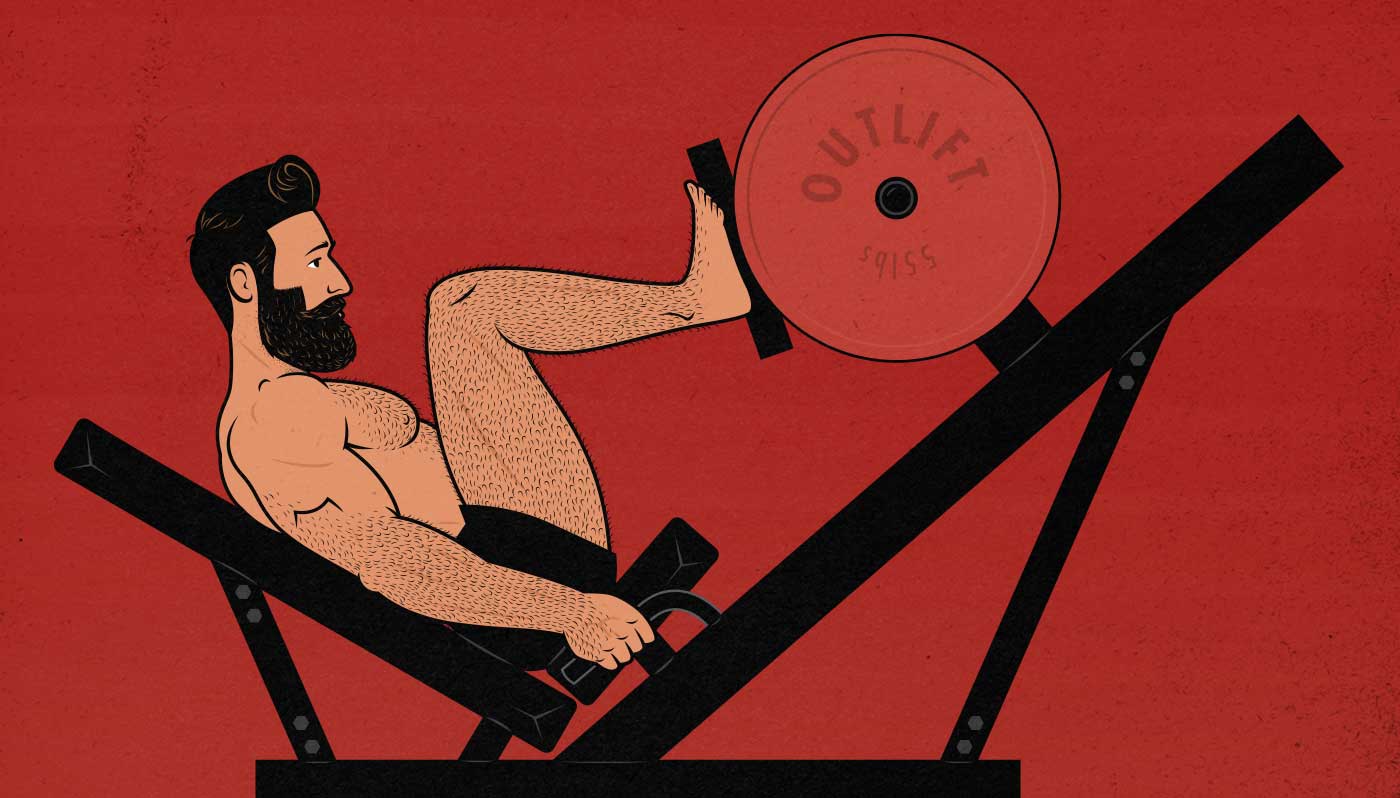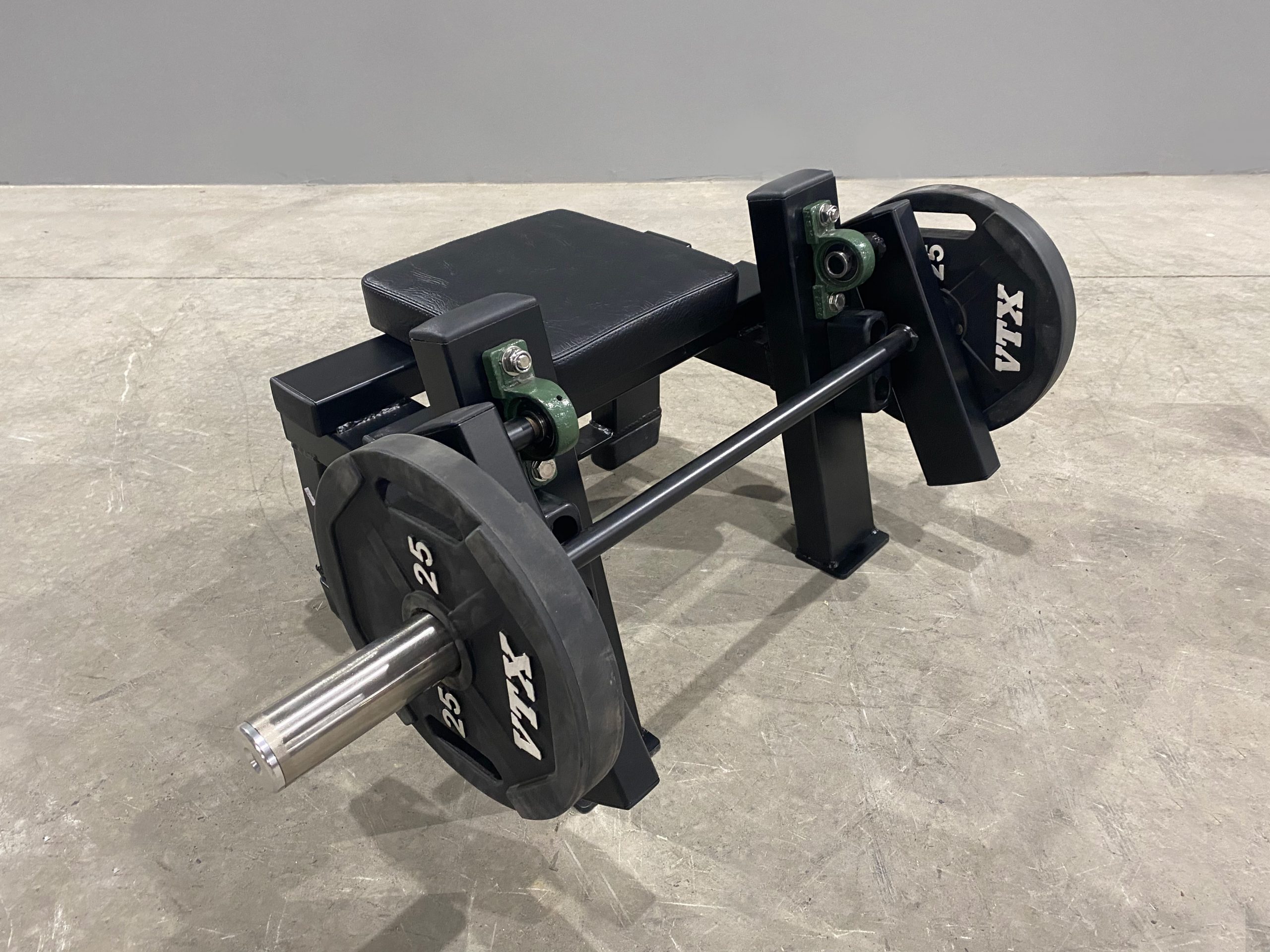When tailoring your workout regimen, a foundational decision you’ll inevitably encounter is comparing free weights vs. machines for workouts. This pivotal choice can shape your training efficiency, adaptability, and overall fitness results. Each method offers distinct benefits and drawbacks, compelling you to gauge which aligns more closely with your personal fitness goals and physical condition.
Functional Strength and Stability

Free weights are renowned for promoting functional strength and enhancing overall stability. When using free weights dumbbells, barbells, or kettlebells you’re engaging multiple muscle groups simultaneously. This dynamic engagement improves coordination, balance, and core strength, crucial elements often understated in machine-based training.
In contrast, exercise machines usually isolate specific muscle groups, often failing to incorporate the ancillary muscles essential for equilibrium and movement synergy. While machines can mitigate the risk of incorrect form, thus preventing injuries for beginners, they may not substantially contribute to overall body stability. Incorporating free weights can be indispensable for athletes and individuals aiming to replicate real-world physical activities.
Range of Motion and Muscle Activation

The range of motion (ROM) in free weight exercises is unrestricted compared to the predefined paths of exercise machines. This unrestricted ROM allows for a more extensive activation of the target muscle and its supporting groups. For instance, a free-weight squat engages not only the quadriceps and hamstrings but also the stabilizing core and lower back muscles, which a machine may not effectively target.
By limiting the exercise motion to a fixed path, machines might restrict the full contraction and extension of muscles, potentially capping the muscle activation spectrum. This means that while a leg press machine focuses mainly on the quads, free-weight squats compel the entire lower body and core to participate actively, leading to more comprehensive muscle development.
Adaptability and Versatility
A significant advantage of free weights is their adaptability. With the correct technique, you can adjust exercises to suit your workout needs, accommodating various body types and fitness levels. Whether training at a gym or opting for a home workout, free weights require minimal space and provide the flexibility to create a diverse range of exercise regimens.
Exercise machines, while often found in gyms, can be somewhat limited in their application due to their fixed motions and need for substantial space. Machines are typically designed for particular exercises, making it necessary to switch between multiple machines to target different muscle groups comprehensively.
Ease of Use and Safety

For individuals just beginning their fitness journey, machines provide guided support, which can be crucial for learning the correct form and preventing injuries. The design of machines ensures users maintain proper alignment and reduces the potential for improper execution of exercises. This aspect can be particularly beneficial in the early stages of strength training.
Free weights, however, demand a more nuanced understanding of form and technique. The absence of external support places the responsibility on users to ensure they’re performing movements correctly, increasing the potential for injury if executed incorrectly. Hence, beginners often require guidance from a seasoned trainer or extensive personal research before incorporating free weights into their routine.
Progressive Overload and Strength Plateau
Achieving progressive overload a fundamental principle for muscle growth and strength improvement is generally more straightforward with free weights. Adding incremental load in the form of additional weight plates or dumbbells can be accomplished easily and flexibly. This gradual escalation encourages continual muscular stress, integral to overcoming strength plateaus.
Conversely, machines may have limitations in terms of progressive loading, often restricted by their weight stack capacities. Once you hit the machine’s maximum load, advancing further can become challenging without transitioning to free weights or other resistance training methods.
Correct Form and Guided Movements
Machines offer the advantage of guided movements, making them ideal for individuals who wish to maintain consistent form without a steep learning curve. These devices usually come with instructional diagrams illustrating proper usage, which can be invaluable for beginners aiming to prevent incorrect postures and subsequent injuries.
However, free weights demand an intimate understanding of biomechanics and steady practice to master proper execution. While the learning process may be steeper, the mastery of free weight exercises eventually pays off in improved form, better muscle coordination, and superior strength gains. Investing time in learning the correct technique can mitigate the risk of injury and optimize the benefits reaped from free weight training.
Tailoring Your Fitness Routine: Comparing Free Weights vs. Machines for workouts

When customizing your fitness plan, evaluating your specific goals can guide the decision between free weights and machines. For those prioritizing functional strength and maximal muscle engagement, free weights may offer superior benefits. Conversely, if safety and guided movements are paramount, particularly for novices, machines may provide the requisite framework for a safe and effective workout.
Blending both methods can often yield the best results, allowing the benefits of each to complement the other and providing a well-rounded approach to strength training. Integrating varied workout techniques can stave off monotony, ensuring sustained interest and continued progress on the path to fitness.
Special Considerations for Beginners

For those who are new to fitness, understanding the basics can be overwhelming. When comparing free weights vs. machines for workouts, beginners might initially gravitate towards machines. This is often because machines guide your movement patterns, reducing the risk of improper form or injury. The structured nature of machines can help novices build a foundation of stability and strength without the intimidation factor often associated with free weights.
However, starting with free weights can offer substantial long-term benefits. Free weights require more balance and coordination, which helps in engaging stabilizer muscles. This leads to a more comprehensive development of strength and functional fitness. Free weights exercises like squats and deadlifts, for example, mimic everyday activities and can improve your core stability and balance more effectively than machines.
Advanced Training Techniques
For seasoned athletes and fitness enthusiasts, free weights often take precedence due to their versatility and the ability to incorporate advanced training techniques. Techniques such as supersets, drop sets, and complex compound movements are more adaptable with free weights. This flexibility allows for the progressive overload and muscle confusion needed to surpass plateaus and continuously challenge the body.
Machines, however, are not without their merits at advanced levels. For bodybuilders looking to isolate specific muscles and achieve hypertrophy, machines can target muscle groups with precision. By reducing stabilization demands, machines allow for a higher volume of work on a specific muscle without compromising form due to fatigue. Incorporating both free weights and machines can create a balanced program that leverages the strengths of each modality.
Accessibility and Convenience
Accessibility and convenience also play significant roles when comparing free weights vs. machines for workouts. Free weights typically require less space and can be more affordable for home gym setups. Dumbbells, barbells, and kettlebells can be tucked away in corners or under the bed, making them an attractive option for home workouts.
On the other hand, machines often require substantial investment and space but offer the comfort of adjustability and guided assistance. Commercial gyms are equipped with a variety of machines that can cater to all fitness levels, thereby eliminating the need for initial hefty investments. For some, the convenience of having a range of machines at the gym can outweigh the benefits of a home setup, making regular gym visits more appealing.
Cost Implications
When considering cost, it’s crucial to factor in both initial expense and long-term investment. Free weights are generally less expensive initially, but high-quality sets can still come with a notable price tag. Furthermore, as you gain strength, you may need to purchase additional weights to maintain your training’s efficacy.
Machines, however, often come with a higher upfront cost whether you’re investing in one for your home or paying for a gym membership. Despite the higher initial expenditure, machines are durable and require less frequent updates. Additionally, gym memberships include access to a variety of machines, spreading the cost over numerous visits and negating the need for personal equipment maintenance.
Variety and Adaptability

When exploring the concept of variety, free weights naturally offer more adaptability in your workouts. They can be used in a vast array of exercises targeting different muscle groups and allowing for movement in multiple planes of motion. This freedom encourages creativity and customization, enabling lifters to adapt their routines based on specific goals and preferences.
In contrast, machines generally provide a fixed path of motion, potentially limiting the scope of exercises. Nonetheless, this can be beneficial for athletes focusing on correcting muscle imbalances or rehabbing injuries. The consistent form enforced by machines can ensure that specific muscles are being worked correctly without the risk of compensatory movement from stabilizing muscles.
Functional Training vs. Isolation
Functional training emphasizes exercises that mimic real-life movements, enhancing overall coordination and muscle integration. Free weights excel in this area by allowing compound exercises like squats, deadlifts, and presses that recruit multiple muscle groups simultaneously. This method of training is crucial for athletes and individuals looking to improve functional strength and everyday performance.
On the other hand, machines are adept at isolating specific muscle groups to ensure balanced muscle development. This is particularly advantageous for bodybuilders focusing on hypertrophy or for individuals recovering from injuries needing targeted muscle group rehabilitation. By adjusting the resistance and focusing on the contraction, fitness enthusiasts can efficiently work on weaker areas and achieve a balanced physique.
Expert Opinions and Case Studies

Expert opinions often emphasize the importance of an integrated approach. Fitness coaches and personal trainers usually advocate for a combination of free weights and machines to maximize workout efficiency and results. Case studies have shown that individuals who incorporate both methods into their workouts tend to display superior overall muscle development and strength improvements.
Real-life examples also highlight the benefits of diversification. Athletes such as bodybuilders, powerlifters, and even recreational lifters have attested to the efficacy of integrating both strategies into their routines. A balanced approach not only prevents monotony but also keeps the muscles guessing, leading to consistent progress and reduced risk of injury.
Based on Research
In closing, the debate of comparing free weights vs. machines for workouts is one that ultimately boils down to individual goals and preferences. Whether you choose the dynamic range of free weights or the structured guidance of machines, each has its own set of profound benefits. The key lies in understanding your personal fitness objectives and crafting a regimen that leverages the strengths of both methods.
By combining both free weights and machines, you can create a comprehensive program that addresses all facets of fitness strength, hypertrophy, stability, and functional capability. It’s not about choosing one over the other but integrating both to create a balanced, effective, and sustainable fitness journey. So next time you’re faced with the decision, remember that the best approach is one that includes the benefits of both worlds. Happy training!


